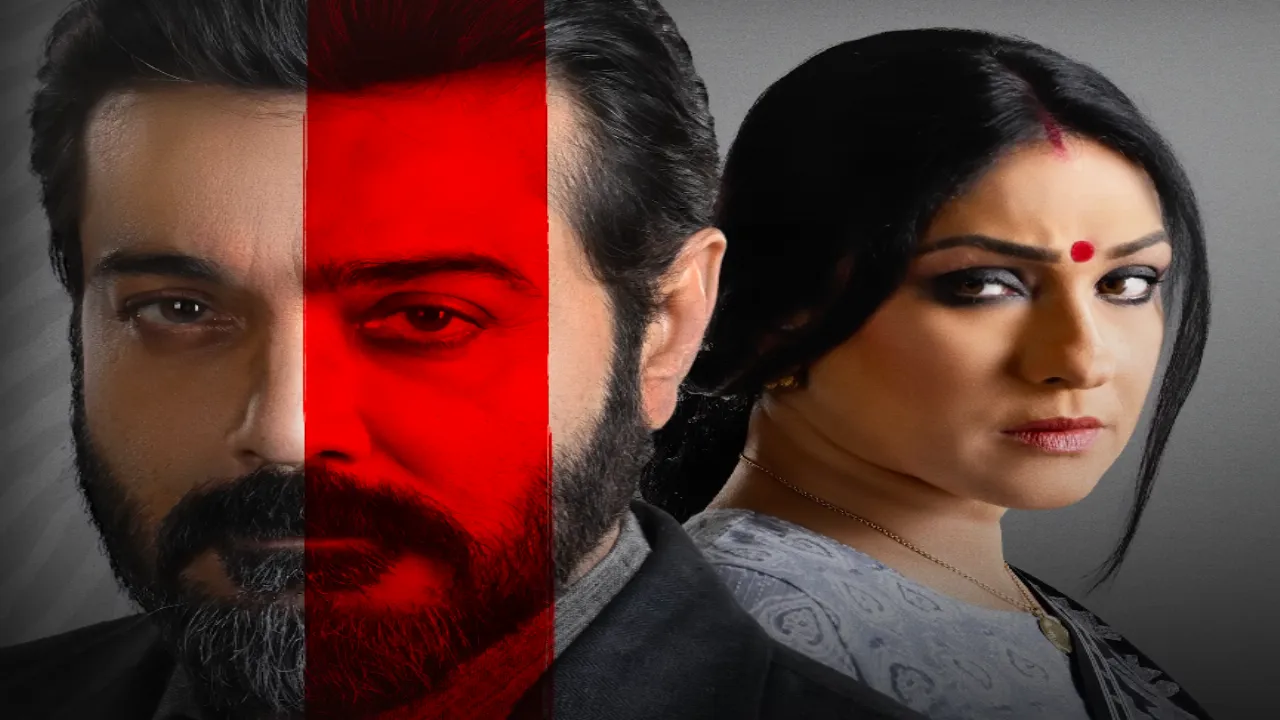Ajogyo, the latest Bengali drama directed by Kaushik Ganguly, takes viewers on an emotional rollercoaster through the complexities of modern relationships. Released on June 7, 2024, this thought-provoking film explores the delicate balance between personal aspirations and societal expectations. With its stellar cast and nuanced storytelling, Ajogyo has quickly become a talking point among cinema enthusiasts and critics alike.
A Compelling Narrative That Hits Close to Home
At the heart of Ajogyo lies a story that resonates with many middle-class Bengali families. The film centers around Parna and Raktim, a couple grappling with personal and financial challenges. Their lives take an unexpected turn when Prosen Mitra, Raktim’s confidante, enters the picture as an uninvited guest.
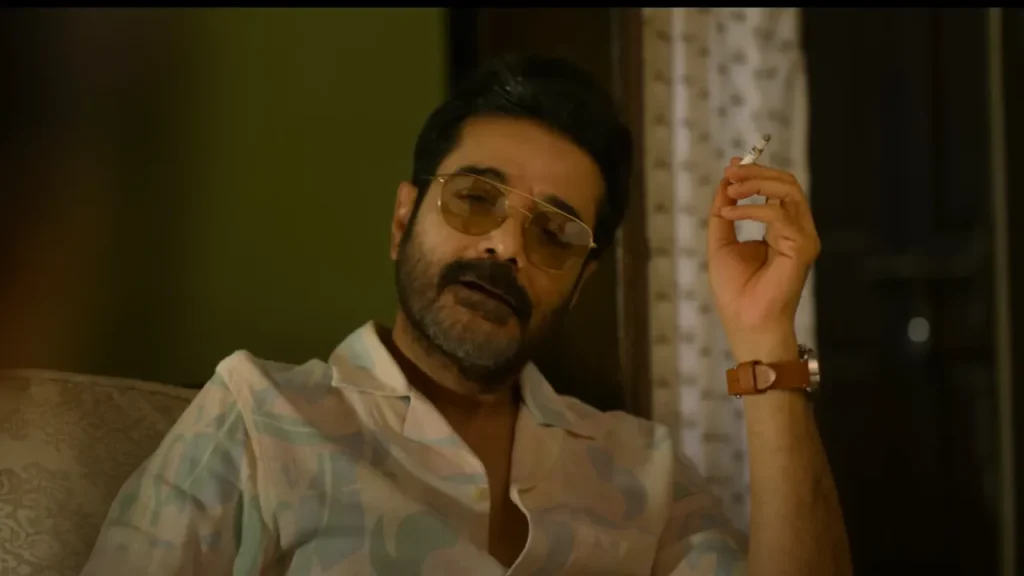
Ganguly’s screenplay deftly navigates the intricacies of these relationships. The arrival of Prosen acts as a catalyst, bringing long-buried tensions and unspoken desires to the surface. As the story unfolds, viewers find themselves questioning the nature of happiness and the price of conformity in modern society.
Powerhouse Performances Bring Characters to Life
Ajogyo boasts an ensemble cast that delivers performances of remarkable depth and authenticity. Prosenjit Chatterjee shines as Raktim, the stay-at-home husband struggling with societal judgments and his own sense of worth. Chatterjee brings vulnerability and complexity to the role, challenging traditional notions of masculinity.
Rituparna Sengupta is equally compelling as Parna, a woman torn between her responsibilities and her unfulfilled dreams. Sengupta’s nuanced portrayal captures the internal conflict of a character trying to balance personal ambitions with familial duties.
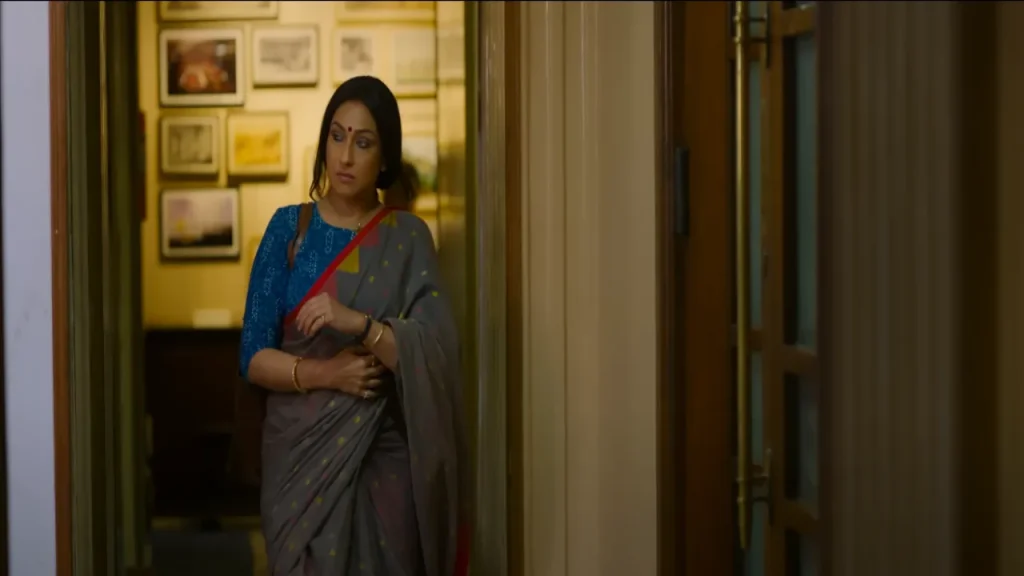
Silajit Majumder rounds out the central trio as Prosen Mitra, the enigmatic guest who disrupts the couple’s lives. Majumder’s performance is a masterclass in subtlety, keeping viewers guessing about his true motivations until the very end.
Visual Storytelling That Enhances the Narrative
Cinematographer Gopi Bhagat brings Ganguly’s vision to life with striking visual compositions. The film’s aesthetic choices reflect the characters’ emotional states, with carefully framed shots that emphasize their isolation and inner turmoil.
Bhagat’s camera work is particularly effective in capturing the claustrophobic atmosphere of the couple’s home. The confined spaces mirror the characters’ feelings of being trapped by circumstances and societal expectations.
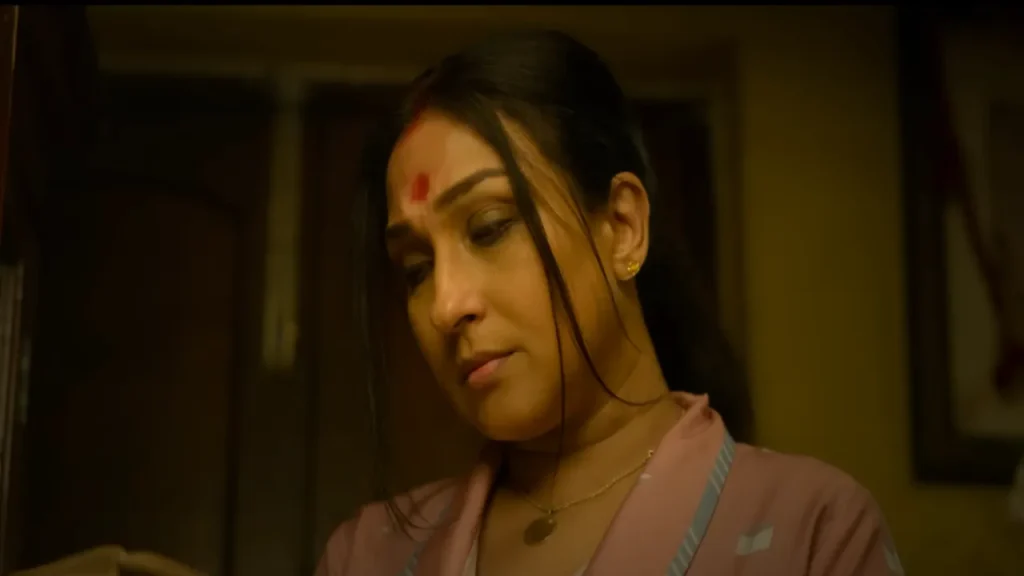
A Soundtrack That Tugs at the Heartstrings
The musical score, crafted by the talented trio of Indraadip Dasgupta, Anupam Roy, and Ranajoy Bhattacharjee, adds emotional depth to Ajogyo. The soundtrack seamlessly blends with the narrative, enhancing key moments without overpowering the on-screen action.
From melancholic melodies that underscore moments of introspection to more upbeat tracks that accompany rare moments of joy, the music of Ajogyo is an integral part of the storytelling process.
Exploring Themes of Identity and Societal Pressure
Ajogyo delves deep into the concept of identity in modern Bengali society. Through its characters, the film examines how societal norms and expectations can stifle individual growth and happiness. Raktim’s struggle as a stay-at-home husband challenges traditional gender roles, while Parna’s career ambitions clash with familial obligations.
The film also tackles the pressure to maintain appearances in a judgmental society. As the characters grapple with their inner demons, they must also contend with the watchful eyes of neighbors and relatives, adding another layer of complexity to their predicament.
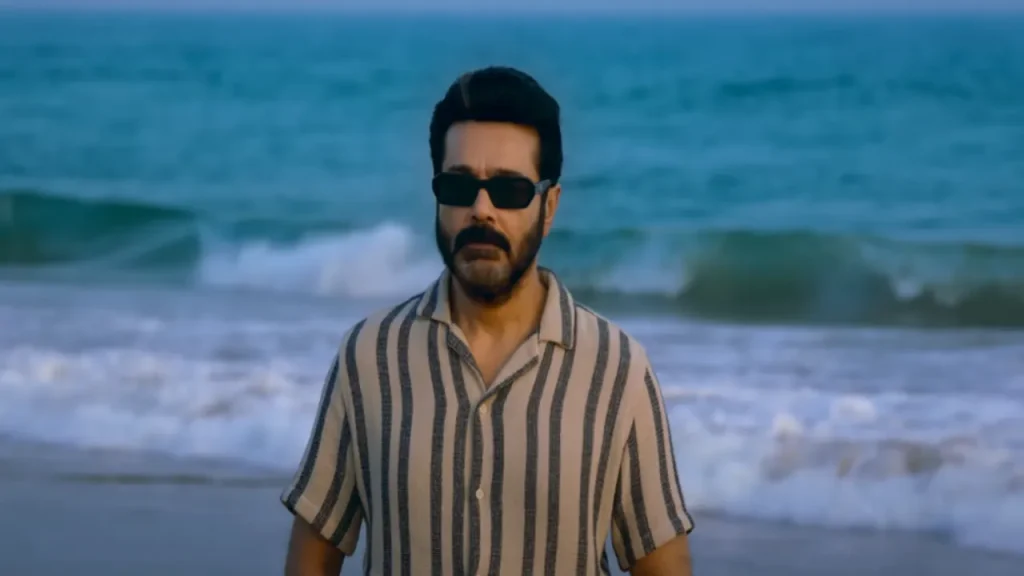
A Director’s Vision Brought to Life
Kaushik Ganguly’s direction in Ajogyo showcases his mastery of the craft. Known for his ability to handle complex subjects with sensitivity, Ganguly once again proves why he is considered one of Bengali cinema’s most respected filmmakers.
His approach to storytelling is both intimate and universal. While the film is deeply rooted in Bengali culture, its themes of love, ambition, and societal pressure resonate with audiences across cultural boundaries.
Technical Excellence That Enhances the Viewing Experience
From a technical standpoint, Ajogyo is a polished production that reflects the high standards of contemporary Bengali cinema. The editing is crisp, maintaining a pace that keeps viewers engaged without sacrificing character development or emotional depth.
The sound design deserves special mention, creating an immersive experience that brings the world of the film to life. From the bustling streets of Kolkata to the quiet tensions within the couple’s home, every sonic detail adds to the film’s atmosphere.
A Reflection of Contemporary Bengali Society
Ajogyo serves as a mirror to modern Bengali society, reflecting its complexities and contradictions. The film explores the tension between tradition and modernity, the changing dynamics of marriage, and the struggle to find personal fulfillment in a rapidly evolving world.
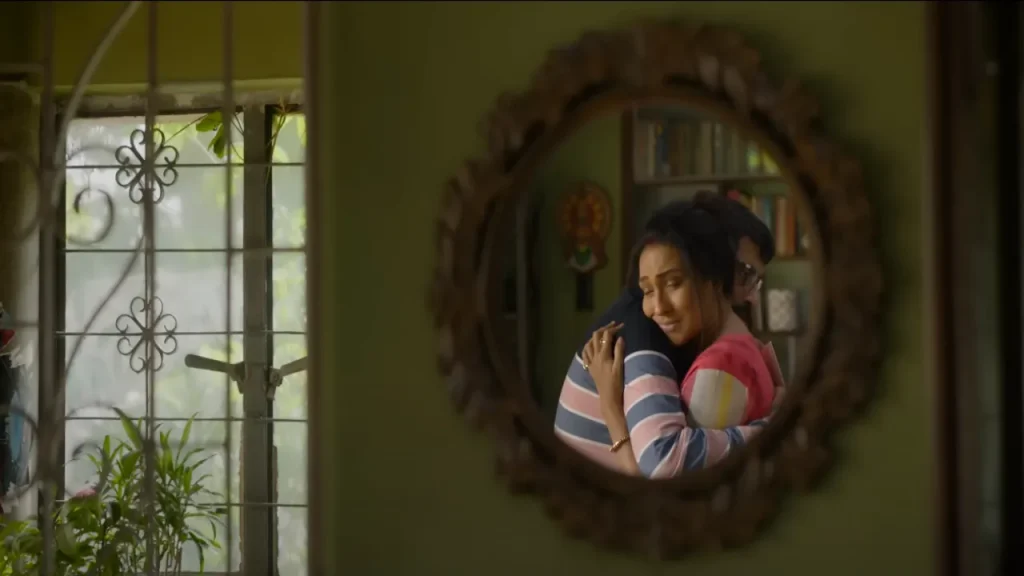
Through its characters’ journeys, the film raises important questions about the nature of happiness and success in contemporary India. It challenges viewers to reconsider their own beliefs and biases, sparking conversations that extend beyond the cinema hall.
Performances That Linger in Memory
While the lead trio delivers standout performances, the supporting cast of Ajogyo adds depth and richness to the narrative. Lily Chakraborty brings warmth and wisdom to her role, providing a counterpoint to the younger characters’ turmoil.
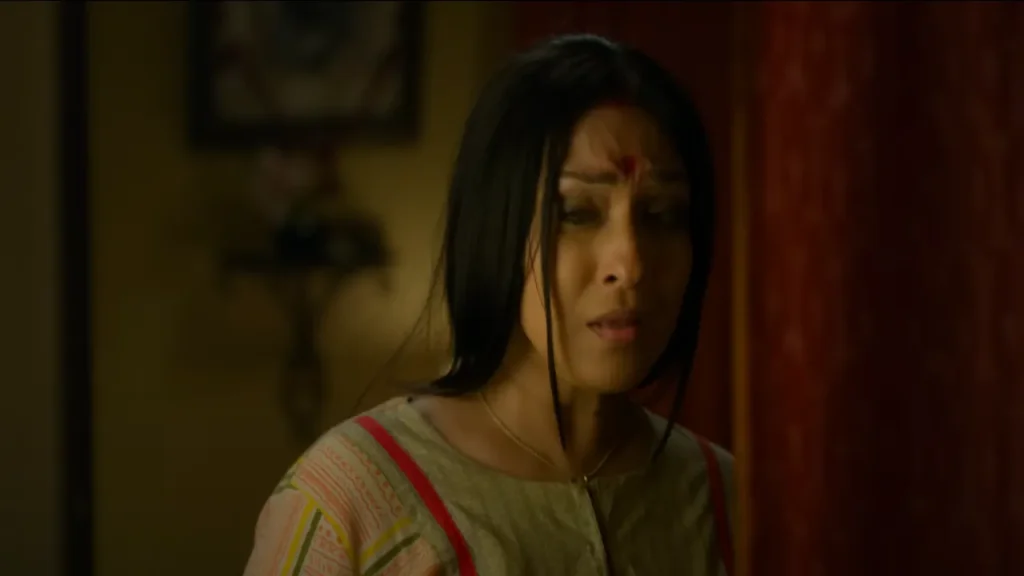
Sudip Mukherjee and Ambarish Bhattacharya round out the ensemble with nuanced portrayals that add layers to the central conflict. Their characters serve as reminders of the societal pressures that shape the protagonists’ choices.
A Visual Feast That Captures Bengal’s Essence
Beyond its emotional depth, Ajogyo is a visual love letter to Bengal. From the iconic streets of Kolkata to the serene beauty of rural landscapes, the film showcases the diverse beauty of the region.
These visual elements are not mere backdrops but integral parts of the storytelling. They reflect the characters’ states of mind and serve as silent witnesses to their unfolding drama.
A Cinematic Experience That Invites Reflection
Ajogyo is not a film that provides easy answers. Instead, it invites viewers to reflect on their own lives and choices. The open-ended nature of certain plot points encourages audience engagement and interpretation.

This thought-provoking approach has sparked discussions among viewers, with many finding personal connections to the characters’ dilemmas. It’s a film that stays with you long after the credits roll, prompting introspection and debate.
Conclusion: A Must-Watch for Lovers of Meaningful Cinema
Ajogyo stands as a testament to the power of Bengali cinema to tackle complex social issues with nuance and artistry. With its compelling narrative, outstanding performances, and technical excellence, it’s a film that deserves attention from audiences both within and beyond Bengal.
For those seeking a cinematic experience that challenges as much as it entertains, Ajogyo is a must-watch. It reaffirms Kaushik Ganguly’s position as a master storyteller and showcases the depth of talent in the Bengali film industry.
As Ajogyo continues to gather acclaim, it cements its place as one of the most significant Bengali films of 2024. It’s a powerful reminder of cinema’s ability to reflect our lives, challenge our perspectives, and touch our hearts.
